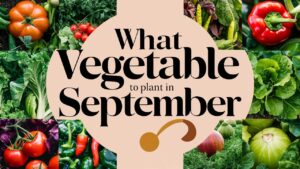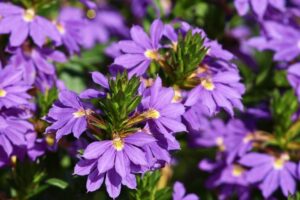Just because the temperatures are cooling down and the days are getting shorter doesn’t mean your gardening has to come to a halt. In fact, October is the perfect time to plant a number of different vegetables that will thrive in the cooler weather. Here are 20 vegetables that you can plant in October to get you started.
Winter-hardy Peas
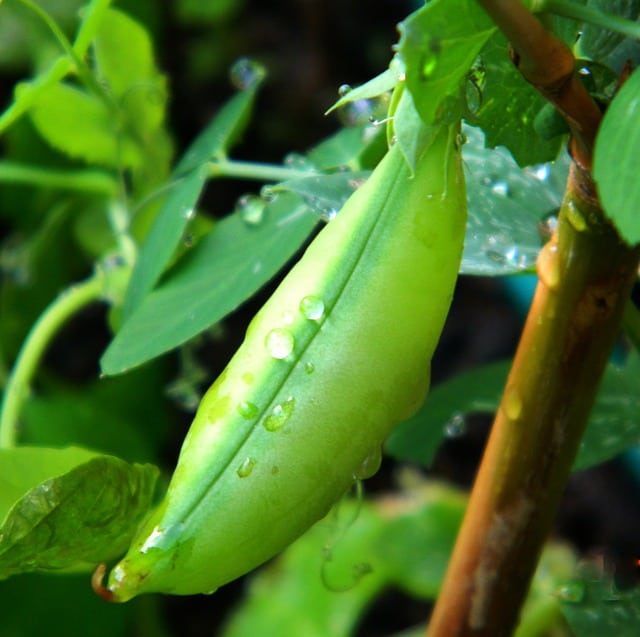
Peas are one of the hardiest vegetables out there, and they will continue to produce even when the temperature drops below freezing. For best results, sow the seeds directly into the ground in October. They should start sprouting within a few weeks and will be ready to harvest by early winter.
Hardy basil. Basil is another herb that can withstand cold temperatures, making it a great choice for an autumn planting. Start the seeds indoors in October and transplant them into the garden once they have sprouted.
Radish
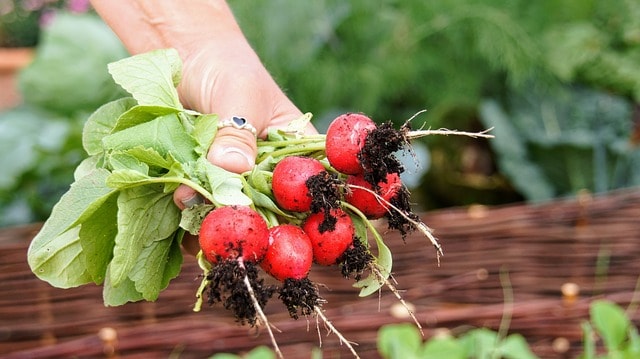
Radishes are fast-growing vegetables that can be sown directly into the ground in October. They will be ready to harvest in just a few weeks and can add some spice to your winter dishes. Just be sure to protect them from frost by covering them with a layer of straw or mulch.From seed sowing to harvesting, you can enjoy fresh radishes within 4-6 weeks!
October is one of the best times to sow these zesty little root crops which can provide an unexpected splash of color amongst all those earth tones as you tidy up your veggie plot for winter..
Mustard Greens
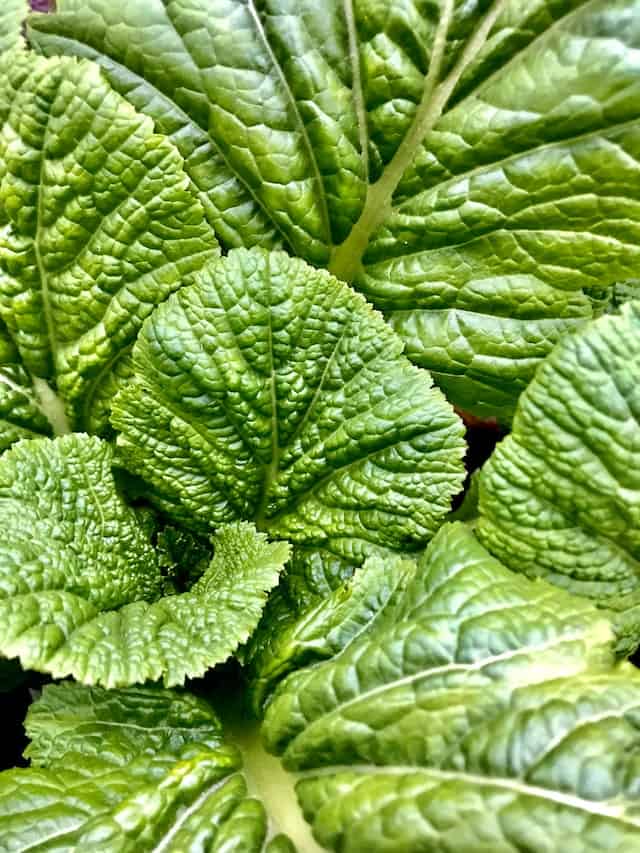
Mustard greens are another leafy green that does well in cooler weather. Sow the seeds directly into the ground in October and they should start sprouting within a week or two. These greens will add some flavor and nutrients to your winter diet and can be harvested from December through February.
Kale
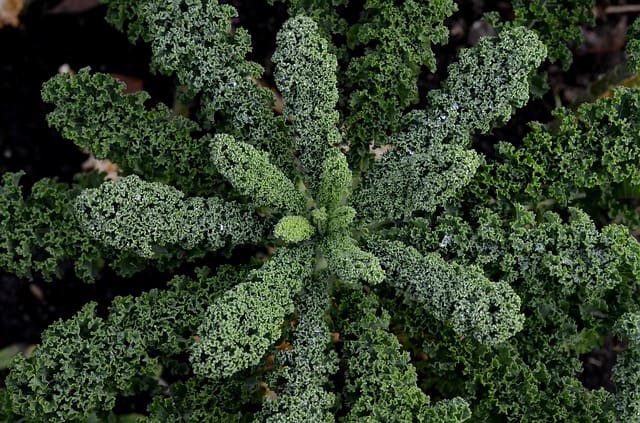
Kale tolerates light frosts but leaves may suffer damage if exposed to prolonged freezing temperatures.. For the best flavor, harvest kale while leaves are still young and tender and frosts actually improve kale’s flavor so don’t hesitate to plant this delicious green even if frost is in the forecast..
Sow kale seeds about 1/4 inch deep in rich soil after all chance of frost has passed and thin plants to 12 inches apart when seedlings are 3 inches tall..
Garlic

One of the most popular items in any kitchen, garlic is also one of the easiest vegetables to grow. All you need is a sunny spot in your yard and some well-drained soil. Plant each clove 4-6 inches deep and water regularly. You should see green shoots poking through the soil within a month or two. Harvest your garlic bulbs when the leaves start to brown and dry out.
Asparagus

Asparagus is a perennial vegetable, which means it will come back year after year with very little effort on your part. It’s also a great option if you’re looking for something to do with that sunny spot in your yard.
Work some compost into your soil, then plant your asparagus crowns 18 inches apart. Water regularly and you should see sprouts within a few weeks. However, you won’t be able to harvest any asparagus until the third year after planting.
Spinach
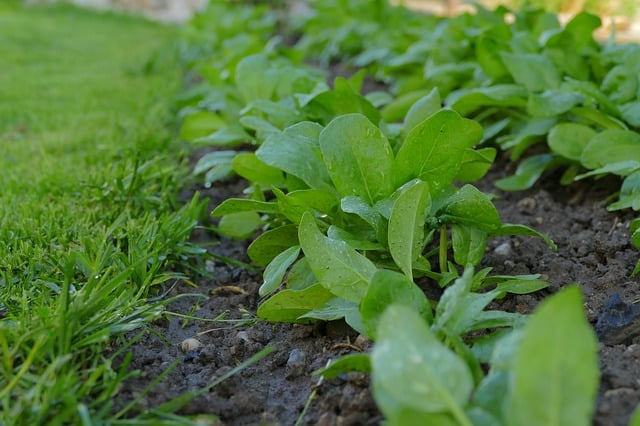
Looking for a leafy green that will survive in cool weather? Look no further than spinach. This hardy vegetable can be planted directly into the ground or started indoors in a pot. If you go the indoor route, just make sure to transplant your spinach outdoors before it gets too big for its pot. Water regularly and harvest when the leaves are big enough to eat.
Japanese Onions
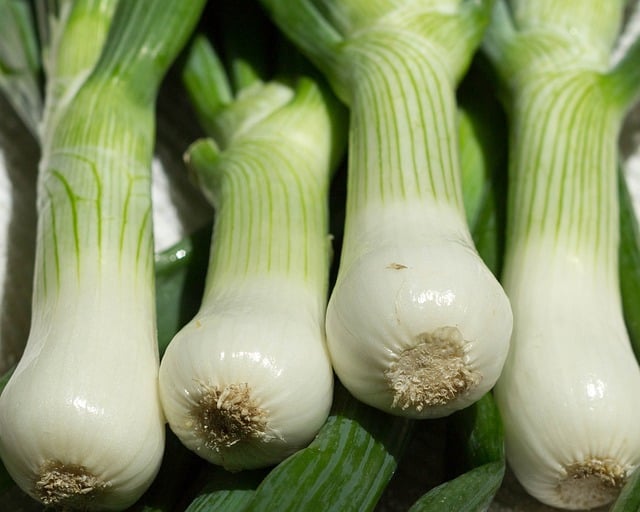
Also known as scallions or green onions, these versatile vegetables are easy to grow both indoors and out. If you’re starting them indoors, plant 3-4 weeks before you intend to transplant them outdoors. When planting outdoors, space your onion sets about 4 inches apart. You can start harvesting Japanese onions when they reach 6 inches tall by snipping off the greens as needed with scissors.
Fava Beans
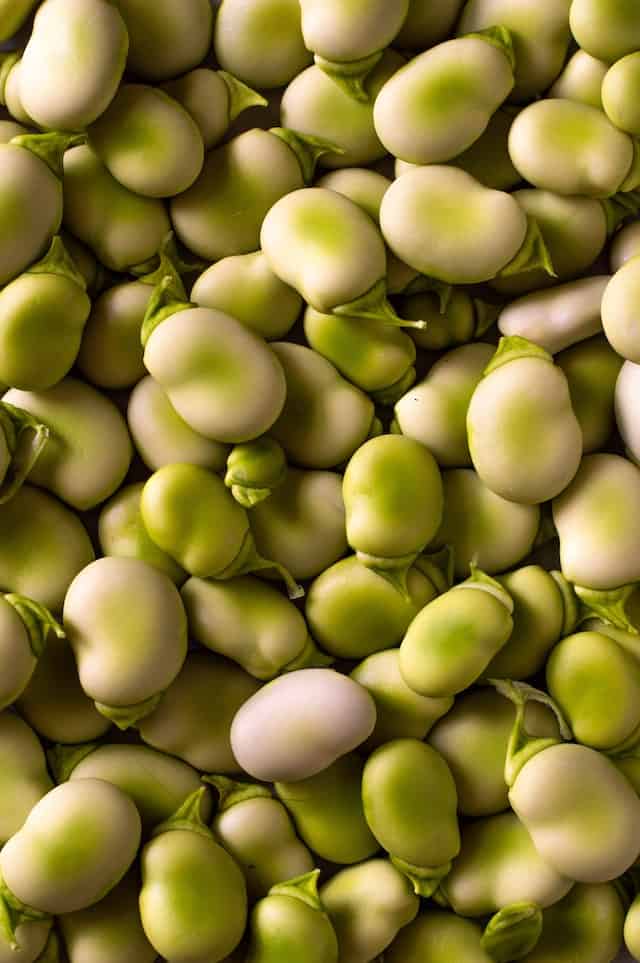
A cool weather crop that does best in full sun, Fava beans can be sown directly into the ground once the heat of summer has passed. Make sure to keep an eye on your fava beans and water regularly; they tend to dry out quickly. You can start harvesting fava beans in a little over a month and a half.
Root Vegetables
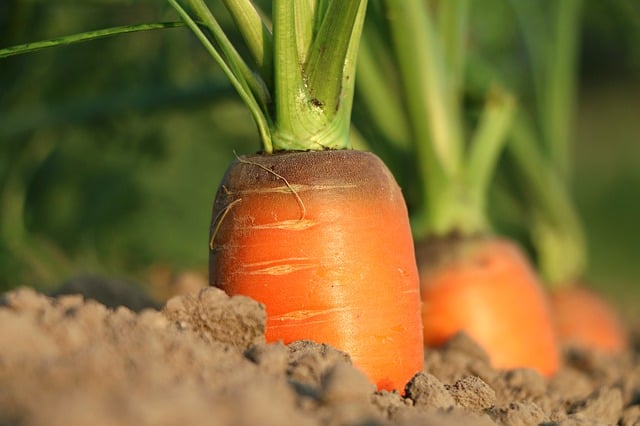
Plant beets, radishes, carrots, parsnips, turnips, and rutabaga from seed this month. For a colorful harvest, try Golden, Bull’s Blood, and Chioggia beets and white, red, purple, and pink radish varieties. Carrots also come in a variety of colors, including yellow, maroon, and several shades of orange.
Leafy Greens and Brassicas
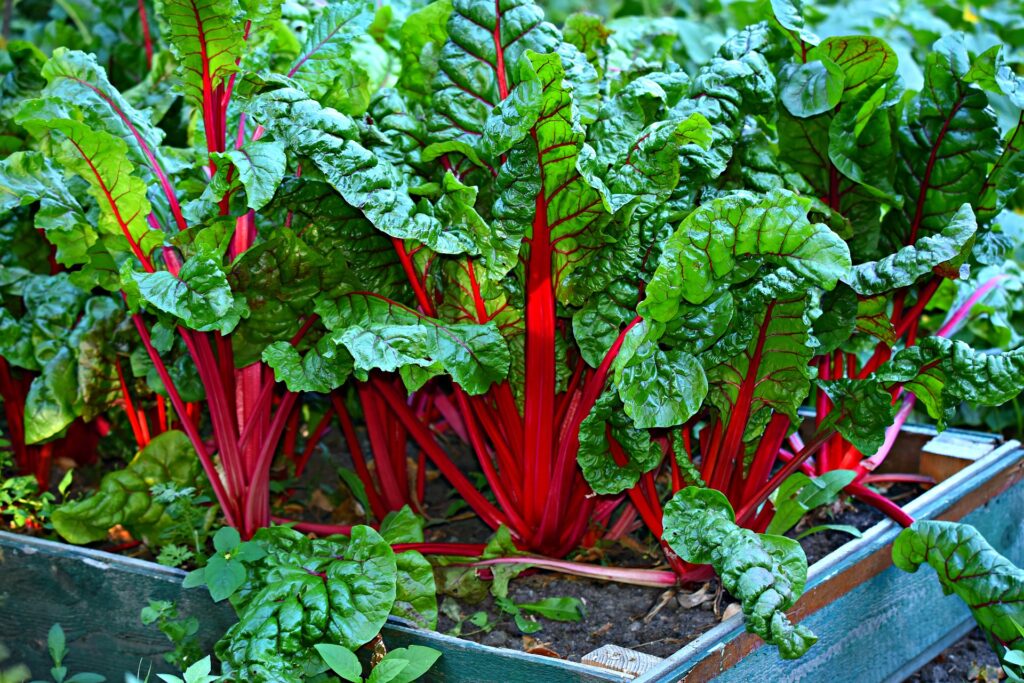
Lettuces, spinach, and Swiss chard can be planted from seed or from transplant this month. Plant members of the Brassica family, including, cabbag, kale, kohlrabi, and cauliflower, from transplant.
Alliums
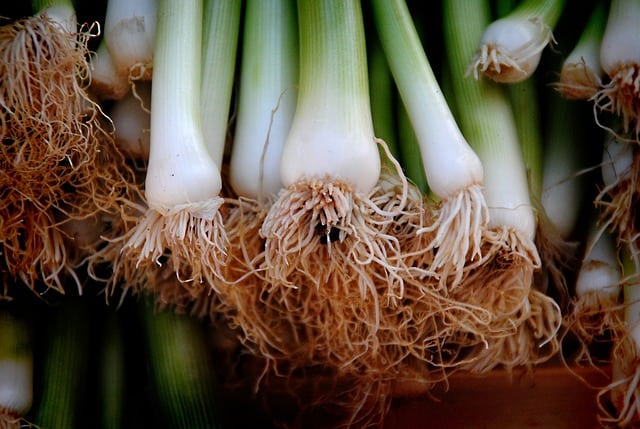
The allium family features strong-tasting veggies like onions, garlic, shallots, chives, and leeks. Besides spicing up savory dishes; onions can also be used as pest control because they emit a gas that repels many insects. Alliums can be planted from seed or sets (already-grown bulbs). Be sure to plant them before the ground freezes!
Herbs
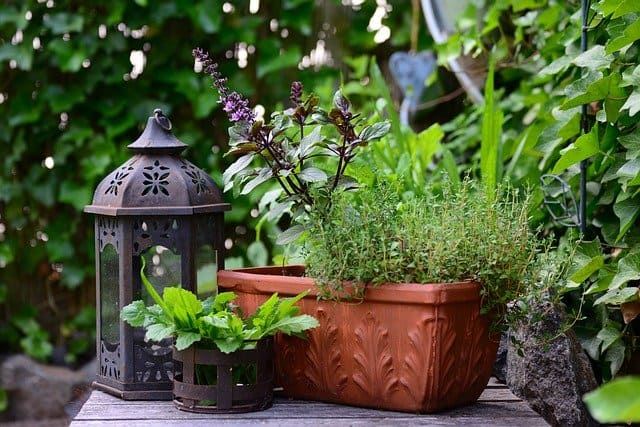
Many herbs—including rosemary Thyme oregano basil cilantro—can be planted from seed or transplants this month. These plants are fairly drought tolerant so you won’t have to worry about watering them too much once they’re established. Herbs are a great addition to any dish and can also be used for making teas infusions oils and vinegars.
Conclusion
These are just a few of the many vegetables that you can plant in October! With a little planning; you can have a bountiful harvest of fresh fruits; veggies; herbs; and spices to enjoy all winter long. Happy planting!



